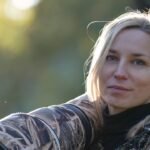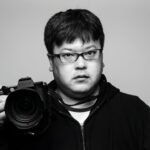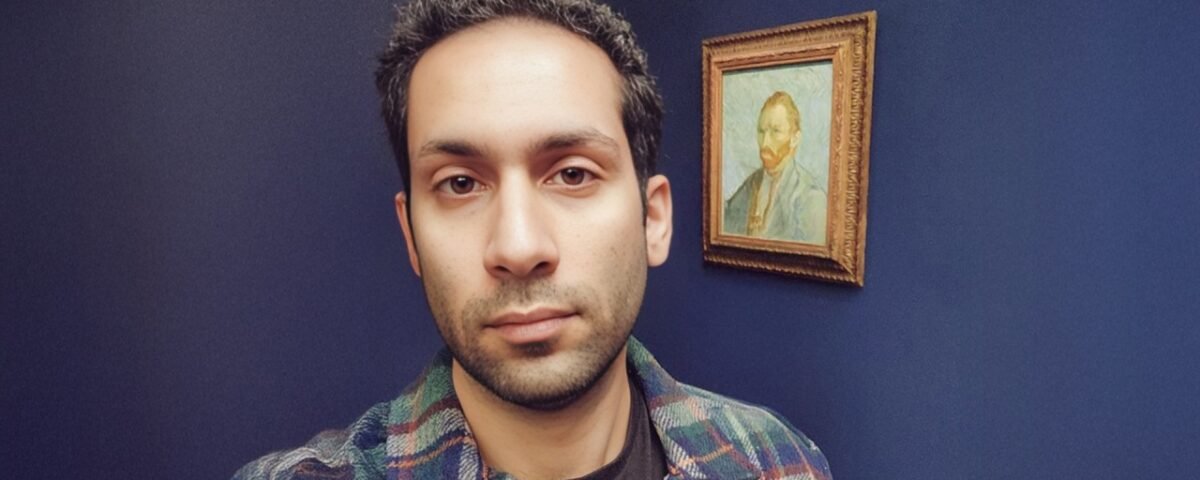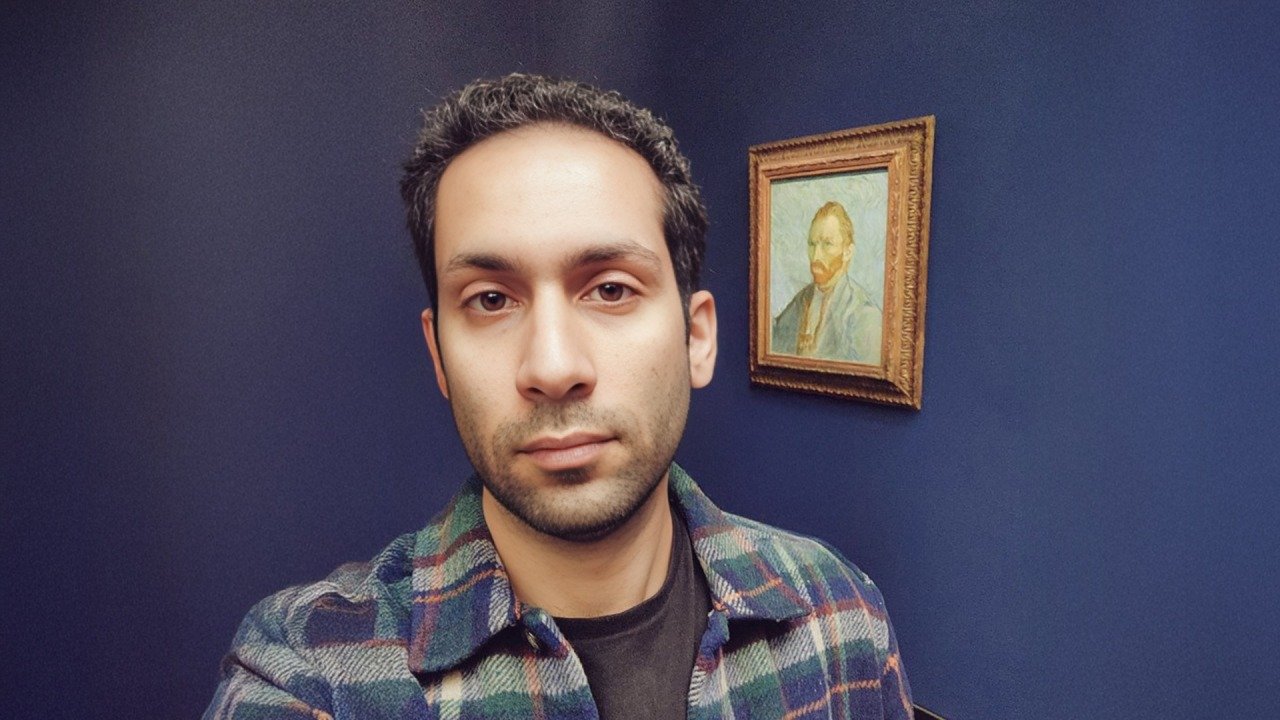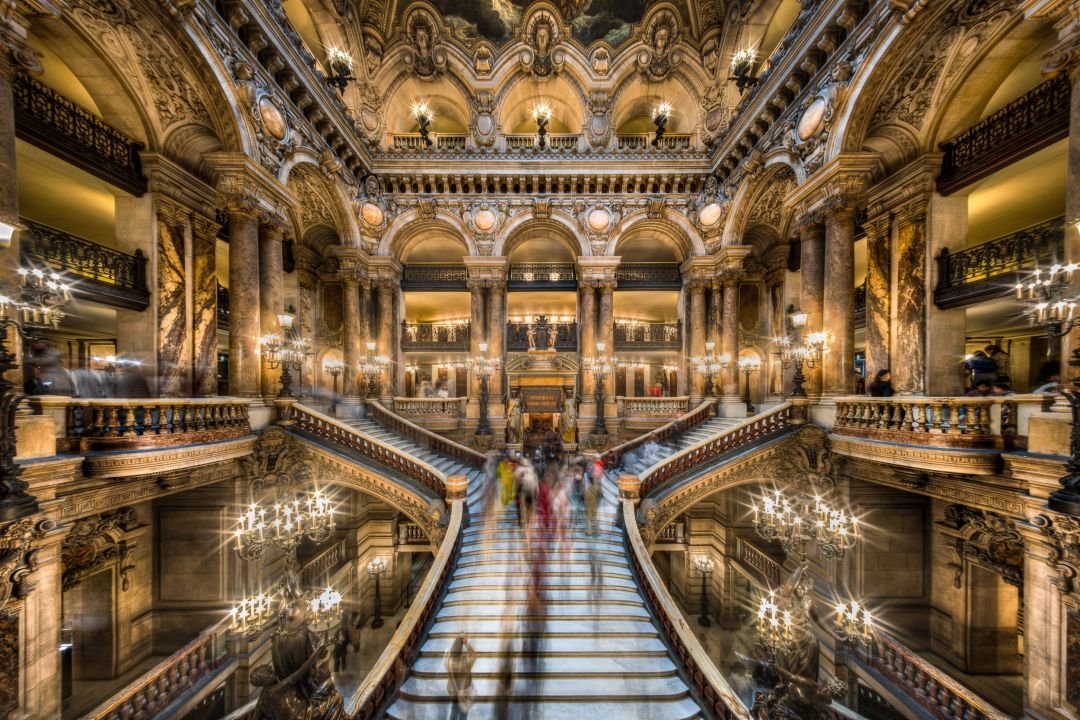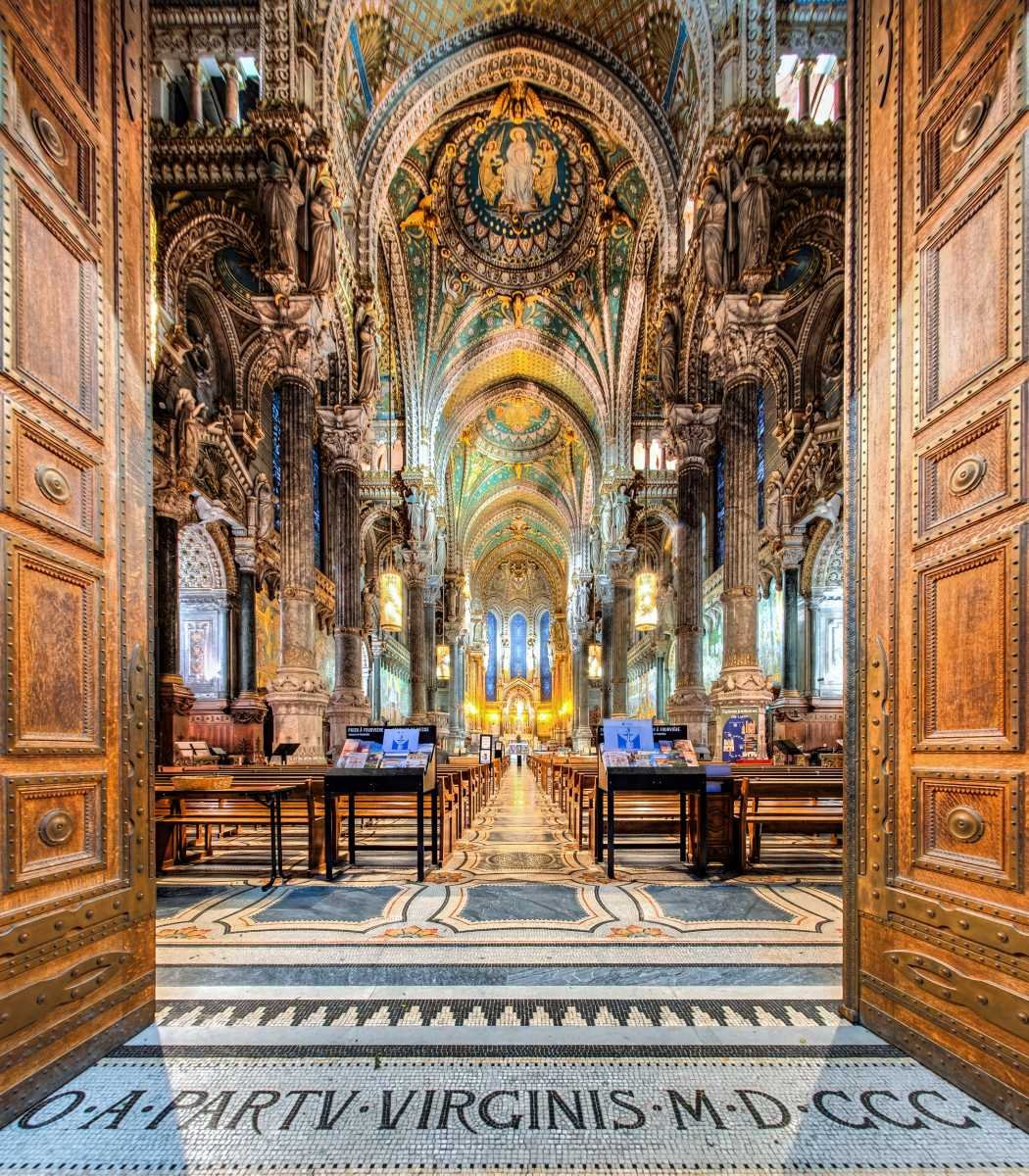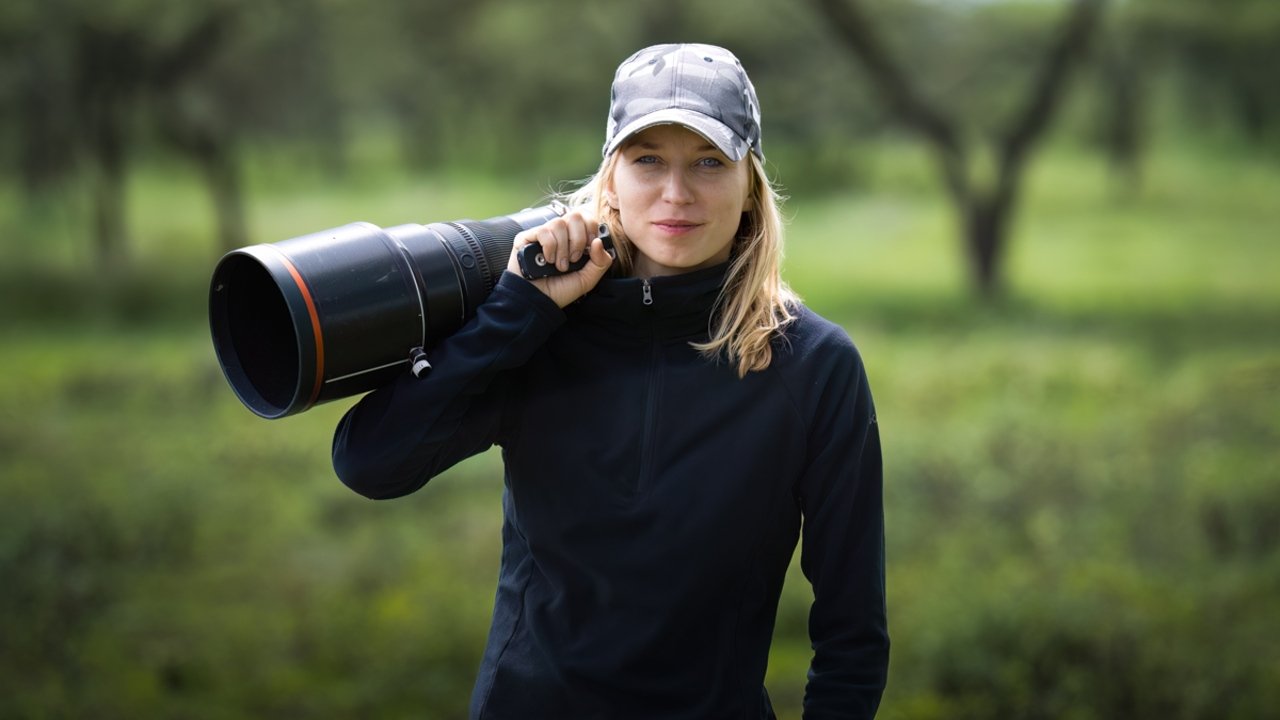1Congratulations on winning in the European Photography Awards! Can you share a little about yourself, what inspired you to pursue photography, and how has your journey evolved since your first shot?
I was born in 1990 and trained first in physics, then in architecture, two disciplines that quietly shaped my way of seeing: exactitude in perception, and a reverence for structure and space. My practice began with ancient sites, where silence is a language and geometry a form of poetry. Over time, my work moved from description to interpretation—from documenting surfaces to composing time, light, and memory within a single frame.
Today I live and work in Lyon, a city where history and civic life meet with uncommon dignity. It has refined my tempo, my patience, my relationship to heritage. My journey is no longer about collecting images—it’s about building a body of work that contributes meaningfully to the cultural record, here and internationally.
2Can you share the story or inspiration behind your award-winning piece? How does winning this award make you feel about your journey in photography?
The work belongs to my series L’Écho du Temps (The Echo of Time). In these photographs, long exposures allow human movement to feather into translucence while the architecture remains immutable. What interests me is the interval in how a living public breathes inside a historical space, and how time, in a photograph, can carry both permanence and disappearance at once.
Receiving this recognition encourages what I value most: disciplined craft, cultural literacy, and respect for the places we portray. It tells me to continue quietly, rigorously, expanding the series across museums, theatres, cathedrals, and civic interiors, with the same fidelity to site, history, and public access.
3How do you decide which photo to submit for a competition?
I choose the photograph that can stand alone without exegesis, where composition, light, and intention cohere into a singular, necessary image. I avoid pieces that rely on novelty. The work must invite a second look and a third, reward close reading, print at scale with integrity, and carry a clear relationship to my broader oeuvre.
4What first made you pick up a camera?
Showing the pure architectural culture, an example can be a ceiling. More precisely, the realisation that a ceiling—often overlooked—contains the cosmos of a culture: its cosmology, its craft, its devotions, its mathematics. I wanted to translate that upward gaze into images that honour both artisanship and vision. The camera became a respectful instrument: a way to listen.
5What’s your favourite type of photography, and why do you love it?
Architectural and heritage photography, particularly where ornament and structure converse. I am drawn to spaces built for collective experience: opera houses, libraries, galleries, sacred and civic interiors. They hold a quiet authority. Photographing them is an ethical act as much as an aesthetic one: you must be accurate, patient, and humble.
6What’s your go-to camera setup, and why does it work best for your projects? What’s your favourite feature?
Currently, Fuji XT5 with ultra‑wide and fisheye primes and a telephoto lens, complemented by a tripod and a measured approach to levelling and parallax control. Precision optics allow me to preserve line integrity while holding micro‑details in fresco, gilding, and stone.
7If someone looked at your work, what’s the one thing you’d want them to feel?
Reverence—quiet, unforced. A sense that humans, across centuries, have pursued beauty with discipline, and that this inheritance is not abstract but alive in the rooms we still inhabit.
8What was the most challenging part of capturing your winning shot?
Earning the moment. These interiors have rhythms: tides of visitors, breaths of silence, changes in light that are almost musical. The challenge is aligning ethics and timing, working respectfully within public hours, protecting the dignity of those present, and waiting long enough for the room to reveal its own composition.
9Is there a specific place or subject that inspires you the most?
Ceilings and grand halls are sites where a culture declares its highest ideals in the language of craft. In recent years, working within French institutions—museums, theatres, historic libraries- has been especially formative. The stewardship is exemplary; access is carefully structured, and the conservation standards are rigorous. That seriousness of care elevates the work and the worker.
10Who or what has been your biggest influence in photography?
The architectures themselves. I study plans, restorations, and archival photographs before I ever set a tripod down. In photographic terms, I owe a debt to the clarity of Atget, the patience of large‑format practitioners, and the problem‑solving ethos of panoramic pioneers. From architecture, the lesson is constancy; from photography, restraint.
11What message would you share to inspire photographers to participate in photography awards, and what advice would you give to help them excel in the competition?
Submit work that belongs to a coherent body, not an isolated success. Jurors recognise continuity of thought. Print your images large before submitting; flaws appear at scale. Title and description should be minimal, factual, and literate. Lastly, choose subjects you can defend with conviction; historical accuracy and cultural respect matter.
12What’s one piece of advice for someone just starting in photography?
Have a clear, useful goal. Make pictures that serve people and strengthen culture—whether by preserving a place, dignifying a story, or simply sharing real beauty. Keep it simple, stay with one theme, and let purpose guide your choices. If your work helps others, your voice will grow naturally.
13What role do editing and post-processing play in your creative workflow?
Editing is conservation-minded: perspective discipline, tonal balance, and colour fidelity to the lived experience of the room. I remove distractions that the eye would naturally ignore in situ, but I avoid additions or alterations that would mislead the viewer. The photograph should be generous, not theatrical.
14How do you see technology, like AI, influencing the future of photography and your own approach?
AI will assist in cataloguing, denoising, and restoration research; it can be a useful studio assistant. But in heritage work, authenticity is a duty. My approach remains camera‑first, site‑first. I’m interested in using technology to better serve accuracy, access, and preservation—not to replace the encounter with the real.
15If you could photograph anything or anyone in the world, what would it be?
The hidden infrastructures of cultural spaces: fly towers of opera houses, the backs of proscenium arches, conservation labs, library attics where the dust is history. They are the backstage of civilisation, usually invisible, always essential.
